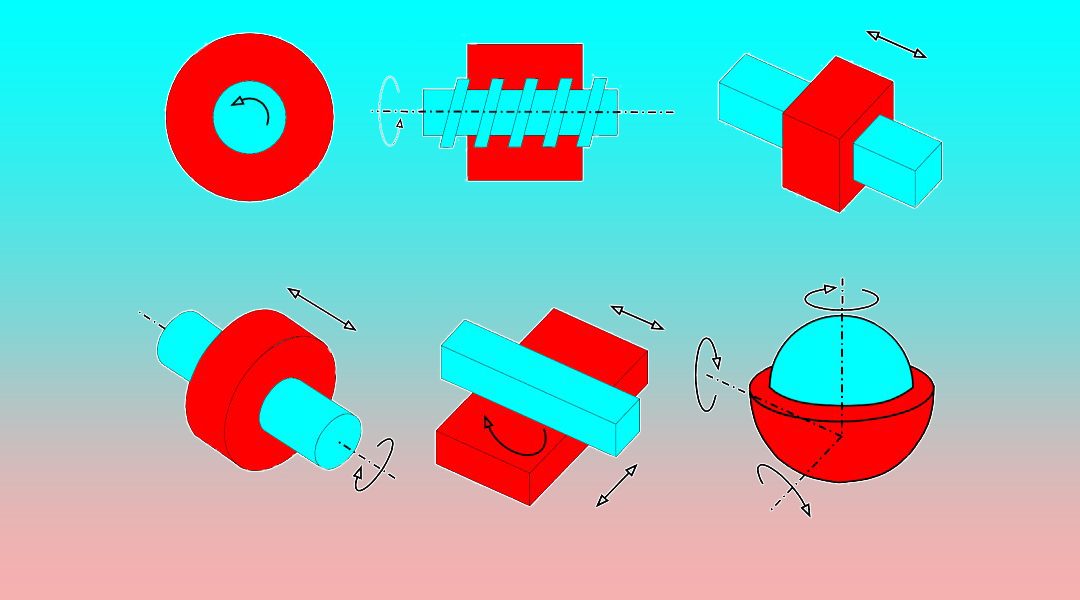With the rapid development of modern human civilization, the demand for high performance materials is dramatically increasing. Single-type of materials cannot satisfy this rapid growth in demand for advanced properties. Therefore, the advancement of human civilization has to be driven by the invention of novel materials combining dissimilar materials to achieve the goal of greatly enhanced overall properties for a wide range of applications in aerospace, automotive, robotics, energy.
The advantage of hybrid materials lies in the combination of the dissimilar properties of their individual components into a single material. They can also possess new properties coming from the interaction of their individual constituents to make them a technologically innovative material system. Hybrid materials can be fabricated by combining a wide range of material types including metals, ceramics, polymers, elastomers and glasses. Some examples include metal matrix composite, carbon nanotube polymer/ceramic/metal composite and cermet (ceramic and metal).
However, the technology to achieve the “joining” of dissimilar materials has always been a critical and challenging problem for advanced manufacturing of novel dissimilar materials. Metals have always been a particularly interesting material and playing a dominating role in our modern society since the Bronze age. Although several technologies have been developed to join metal based hybrid materials, it is still challenging to join these dissimilar metallic materials with improved properties in a consistent, cost-effective, energy-efficient, environmental benign manner. Therefore, novel techniques to join materials is a cornerstone for many advanced manufacturing techniques and is critical to fabricate advanced hybrid materials with unprecedented properties.
The key of a successful joining of dissimilar materials with desired properties lies in the “bonding strength” of a joint. The bonding strength is affected by a range of parameters that can be better understood, controlled and optimized by both experimental and analytical approaches. For example, the bonding strength can be greatly improved by maintaining clean atomic contact between dissimilar materials and clean interfaces/surfaces free of contaminants.
In this Review, published recently in Advanced Engineering Materials, researchers at Institute of Frontier Materials, Deakin University (Dr Shahin Khoddam and Prof. Peter D. Hodgson), Ames Laboratory of US DOE (Dr Alan Russell and Dr Iver Anderson) and University of Michigan, Ann Arbor (Dr Liang Tian) are exploring broad “joining” processes of dissimilar metallic materials by both experimental and modeling approaches. They summarized the current state-of-art novel joining experimental techniques and the bonding strength by various theoretical studies. The paper is significant to advance our understanding of currently available novel joining techniques and highlight potential opportunities to develop advanced manufacturing techniques for heterogeneous materials and to design innovative heterogeneous systems for various medical, electrical, electronics, industrial and other daily life applications that involve the broad range of “joining” processes.
As an example, the joining of two metals can be achieved through powder metallurgy and deformation process. This type of deformation induced joining can maximally conserve the original microstructure of individual metal components compared with diffusion based welding joining process. The successful joining of pure Al and pure Ca metal has been achieved by this method to obtain an Al matrix Ca filament composite. The atomic clean bonding of two individual metals at the interface, enabled by careful handling in inert gas atmosphere and powder degassing, give this composite a high strength 476 MPa and a high electrical conductivity.

















